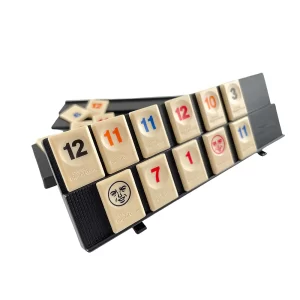Understanding Roulette and Probability

To play roulette successfully, it’s essential to understand the relationship between roulette and probability. There are two types of odds: percentage and ratio odds. The latter tells the percentage of times an event will occur. If you bet on one number twenty times, you increase your chances of winning. But, if you lose, you’ll have to start all over again! Clearly, the probability of winning at roulette is not one hundred percent.

For instance, if 10 consecutive spins of the roulette wheel ended in red, there is an equal likelihood that the next spin will end in red. If the next spin ends in black, the probability of getting red is 48.6%. If, on the other hand, the last spin ended in black, the probability of landing on red is 23.7%. Thus, you can see that the probability of getting a red spin is almost identical to the probability of getting 10 consecutive black spins.
There have been numerous attempts to beat the roulette game by using strategies. One strategy that many people have used is called the martingale strategy, in which a player doubles their bet after every loss. The hope is that the first win will make up for the previous losses and make up for the original bet. However, this strategy has a number of disadvantages, including the risk of running out of money and hitting the table limit. In the long run, the strategy would likely lead to a financial loss.
The most important thing to understand about roulette is the concept of probabilities. Despite what casinos and gamblers may tell you, it’s impossible to predict the future with a certain strategy. A single spin of the roulette wheel can be worth several hundred times more than a thousand spins of the same wheel. Moreover, a single red spin can wipe out all the benefits of roulette. The only way to get rid of the gambler’s illusion is to learn the concept of probability.
To better understand roulette and probability, you should consider the layout of the wheel. The layout of the roulette wheel was carefully designed, and each wheel exhibits certain properties. The European wheel is smaller, with just one zero and the American wheel has two. Hence, the American wheel offers a double advantage to the casino. In terms of probability, a roulette player can expect to lose only 2.7% of his or her bet while a European wheel loses 5.26 percent.
Understanding roulette and probability is essential when playing the game. Though it’s impossible to predict the number of numbers to appear on the wheel, knowing the odds that each number will be spun can help players make better decisions and increase their chances of winning. There are many strategies available in roulette, but knowing the odds of winning is the most important one to follow. They can make a big difference in your gaming experience! So, let’s find out more about roulette and probability and get started today!








